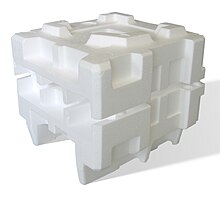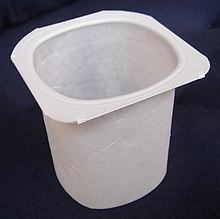Nearly three decades ago the Brundtland Report called for us to reduce both the quantity and quality of our consumption. Yet how much has really changed since then? Do we all live a lifestyle that consists of using only what we need? Unlikely. Overconsumption is a major ethical problem in the Western industrialized nations, particularly the United States. You do not have to live in Texas to follow the “bigger is better” adage. Since the Industrial Revolution consumption rates continuously increased. Populations grew. Consumerism grew. Resources diminished. How did a society that developed out of the Great Depression, where everything was saved and reused, turn into the society we live in today? Progress in the economy helped. Women entering the workforce helped. Yet how much bad came out of the good? Today the problems we discuss about the environment and sustainability stem from the history of the United States.
The insatiable demands of the
rich world continues to enlarge the human footprint left on our planet –
pumping greenhouse gases into the air, polluting the oceans, trashing forests
(instead replacing with garbage forests), and more! Can we as a society change
from the attitude widely held the richer we are and the more we consume, the
more self-centred and careless we appear to become? Today many promote the idea of sustainable development as a framework for
understanding an appropriate lifestyle for present generations.
I ask myself what is an
appropriate lifestyle? As my knowledge of sustainability develops my attitudes
and actions change. I try conserve more than I use. I have a wonderful organic
garden in the summer (which is leads to a short growing season here in Denver).
I stopped buying water in bottles and instead refill my old high school water
bottle that I used for sports. I switched to eating mostly organic natural
foods and buy products straight from the deli instead of pre-packaged to
diminish waste. I could go on, but I will stop here. I know my experience has
changed my outlook on environmental issues and concerns. Is it possible for the
rest of society to do the same?
When is enough, enough? I believe
more and more people are beginning to realise consumption patterns must change.
I contend it can start at the individual level and develop to the global level.
If each person in this society takes the time to analyse their own consumption
patterns they can change them. If society changes to a more “green” and sustainable
society then the political arena will have to change to consider the demands of
the people. It just takes one person at a time to make a world of difference.
Education, training, and initiatives will make the transition more adaptable to
current standards. The media needs to adapt a more sustainable approach to
their listings and stop promoting TV shows that exude overconsumptive
lifestyles and people need to stop watching them.
Learn, grow, develop.


